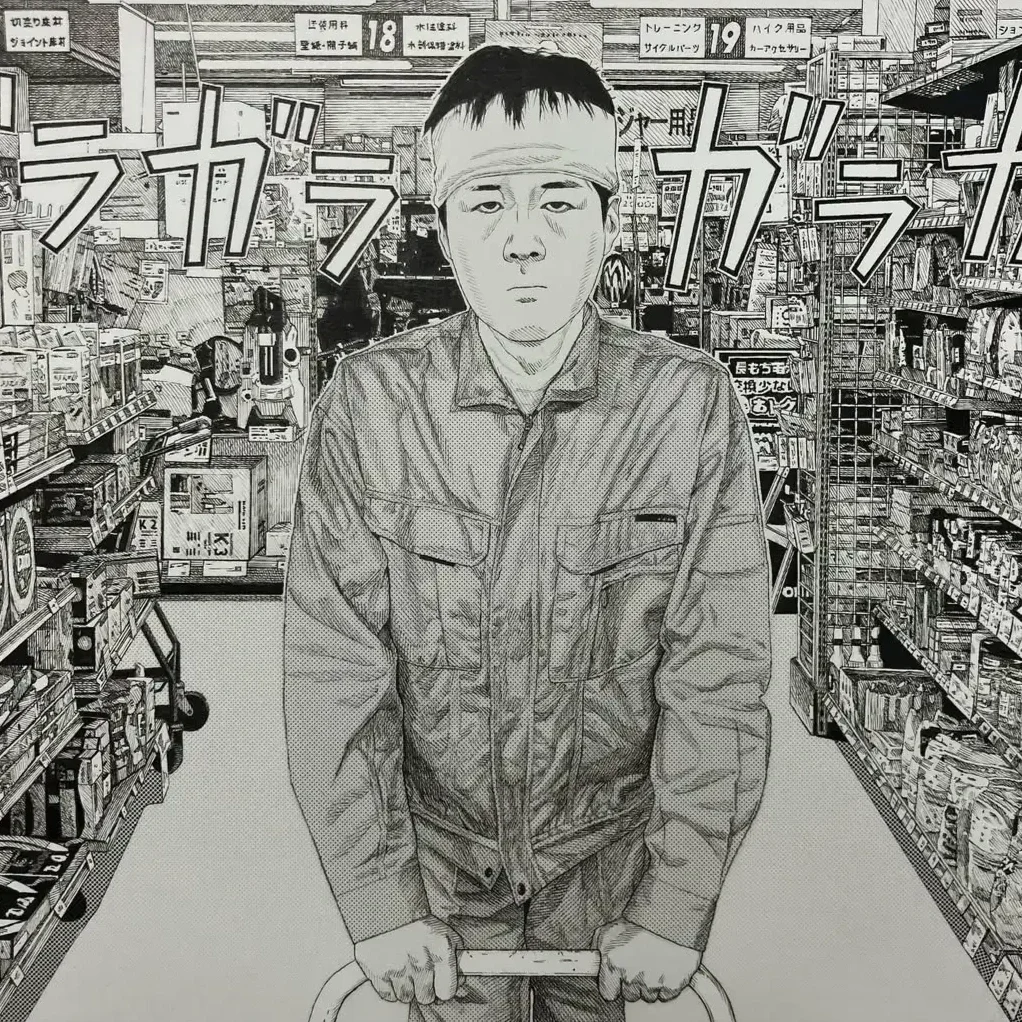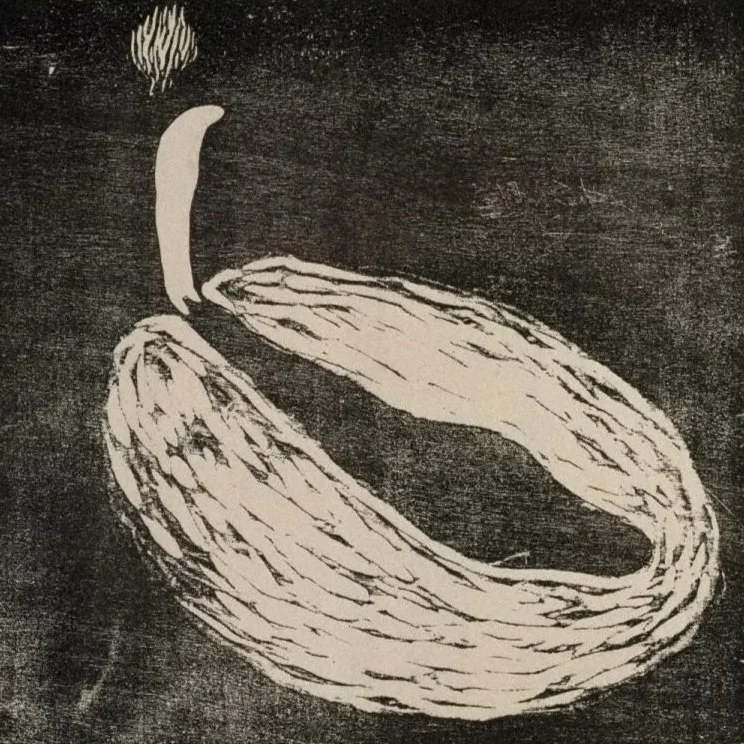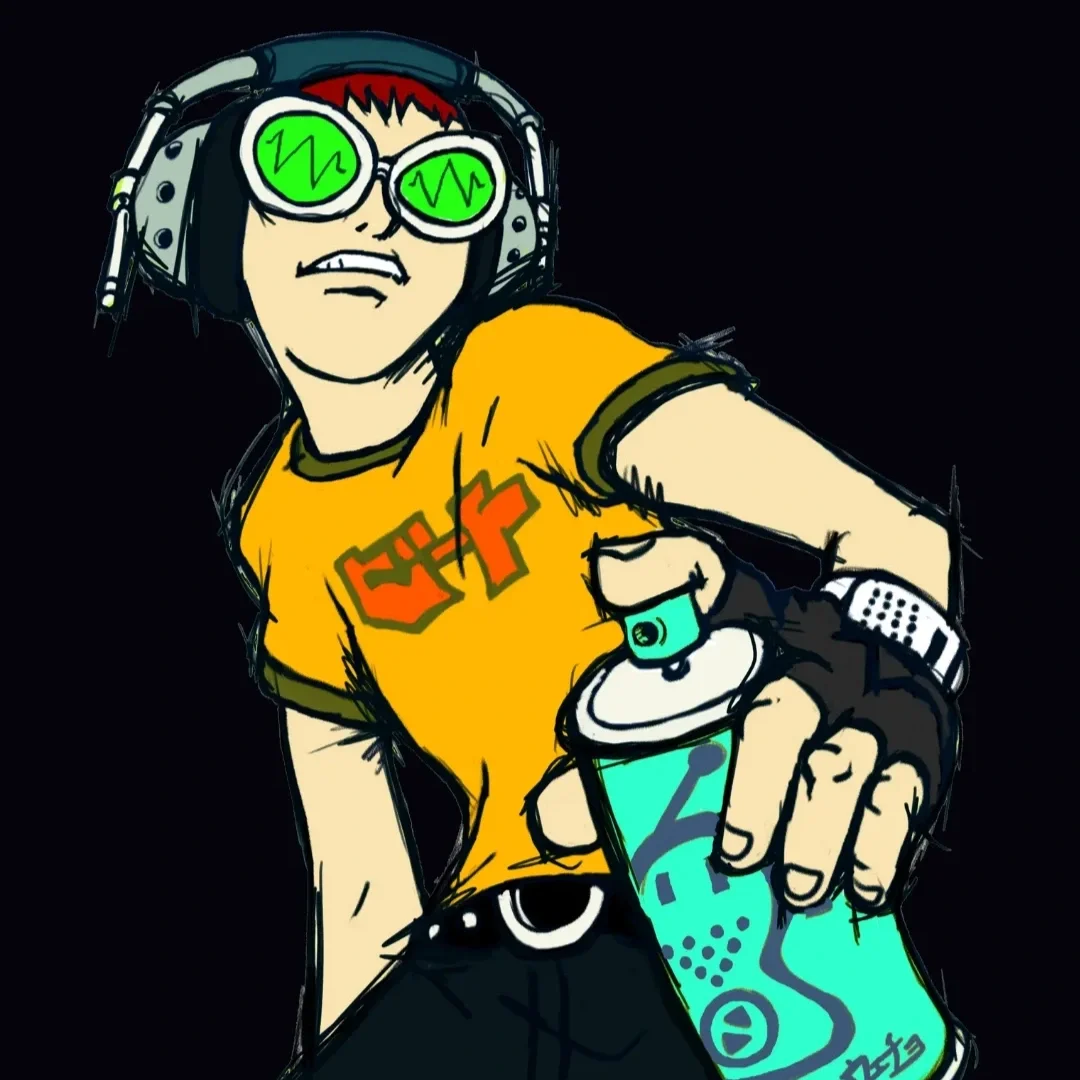INTERSTELLA 5555 - The 5tory of the 5ecret 5tar 5ystem
© Toei & Daft Life Ltd.
Veridis Quo, very disco, Discovery
The music video we didn’t know we needed
When it comes to music, we can conceive of it in many ways. Sometimes, albums or songs exist on their own in our minds, where we give them the visuals we desire, connect them to personal experiences, or invent a world for them to live in. On other occasions, the artist commits to giving their audio creation a visual counterpart, often in the form of music videos. These videos fill the gaps for us and create an all-around experience. Daft Punk, however, took it one step further, exploring the idea of a full-length feature film music video in a way that can be considered one of the most influential audiovisual pieces of recent decades.
Introducing: Interstella 5555
Interstella 5555 is a 1h 5m Japanese anime music video that compliments Daft Punk’s Discovery album. It successfully combines the mastery of the French duo at creating sounds with the mastery of Japanese manga artist Leiji Matsumoto at creating images, joining two countries in a unique collaboration.
The existence of Interstella 5555 anime, The 5tory of the 5ecret 5tar 5ystem is a gift for the souls who enjoy and appreciate art in all its forms. The animated house musical piece premiered in 2003 stands the test of time in all the categories it belongs to, only in the way high-quality productions do.
With a running time of only one hour and five minutes, only four minutes more than the length of Discovery, the album it is attached to, the film succeeds at many things: narrating a conveying and sensitive story where the fight for creative freedom is the core and motivating force of it all, creating interesting characters with an animation style that brings out a sense of nostalgia and appreciation for a beloved and prestigious manga artist, and being the perfect companion to an already perfect record where there’s no disparity between the quality of neither of them.
How Interstella 5555 was born
The origin of this innovative concept, of a full album translated as an anime movie, can be attributed to Thomas Bangalter and Guy-Manuel de Homem-Christo, better known as Daft Punk. But it doesn’t start, as it may appear obvious, with the 2001 release of their second album, Discovery.
It starts in their childhood, as many stories of great creative success do, with their obsession with anime and manga, especially Space Pirate Captain Harlock, a series written and illustrated by Leiji Matsumoto that later on was taken to the small screen thanks to Toei Animation.
We can all relate to the fact that some pieces of media we see in our early days become so relevant to our developments and growth that no matter how much time passes, their impact will never fade, and this was exactly the case for the French duo, to the point of reaching out to their childhood hero decades later with a proposal that will result in something great.
Space Pirate Captain Harlock│© Toei
The movie came out two years after the album, but the project was already in the works a year prior to its release when Matsumoto agreed with the idea of creating a movie that would narrate and follow the storyline Daft Punk was working on, not only making sense sonically but adding a weight and significance to it that only images can convey.
In a full-circle moment, Toei Animation took over the project, and with the direction of Kazuhisa Takenouchi, the production of Shinji Shimizu, character design by Masaki Sato, and the supervision and original design of Leiji Matsumoto, the story of an intergalactic band that gets kidnapped by evil forces from earth with the purpose of controlling their creative freedom and profiting from their talent (sounds familiar?) was born. And so, Daft Punk was on its way to making their first and last anime movie.
The musical narrative of Interstella 5555
The Interstella 5555 movie lacks dialogue completely, but it is not missed at all. Our ears are busy at all times with the melodies from Discovery that are played in their original order, enhancing the valuable experience of listening to a record from front to back, a form of art that has sadly lost its force with the passage of time and the money-oriented fast pace of the industry, where single and short projects are preferred over longer and more complex ones.
The great animation of the characters works better than words in conveying emotions, and the cosmic aesthetic fits perfectly with the galactic and futuristic nature that Daft Punk has always had, not being any less realistic in their concerns because of this. The track “Harder, Better, Faster, Stronger” and the scenario happening in the movie while it is playing are the perfect metaphor for what artists go through when the higher-ups get involved in their art: the obstruction of freedom, the erasure of memories, the theft of identity, the imposition of a fake persona, and the exploitation of what once was a passion. This is a strangely human issue to find in a sci-fi setting, but it works.
The flaws of the living creatures are accurately portrayed, as are their virtues. The love, whether it’s romantic or platonic, the passion, the kindness, the sense of community—these are also emotions that are successfully passed from the screen to the audience when watching the movie.
The scene with “Something About Us” playing, where the lyrics perfectly describe what the character is feeling and the bittersweetness of the moment being symbolised with a beautiful daydream just moments before ceasing to exist, is a sequence that, after watching it once, will forever appear in your head when listening to the song.
Matsumoto himself says in a black-and-white footage that works as the prologue of the movie “Musicians are magicians”; animators are as well.
The release and special editions
The Daft Punk anime was released in a unique way. As it was already in the works when the album was premiered on March 12, 2001, the group used fragments of it to serve as music videos for some songs that were shown during Cartoon Network’s Toonami Midnight Run on August 31 of the same year, a great way to tease the development of a longer and more complex story that will follow the storyline hinted in the clips. The movie was first shown at the Cannes Festival on May 13 of 2003 and was released to the public ten days later.
The special Japanese edition features half an hour of footage from the group in Japan during their first visit to Leiji, including a joint interview with the mangaka as well as a 12-minute rare interview with Daft Punk themselves, original voices and all. If you are familiar with the band, you’ve probably seen those iconic images of the pair in the streets and subway of Tokyo, looking like aliens amongst the surprised locals. Well, they are from that exact Moment.
Daft Punk in Japan│© Tetsuro Sato
A lasting legacy
The film, as well as the album, have reached all-time classic status, making them a must- watch for anime and film lovers and a must-listen for music lovers. Just a couple of days ago, on February 23rd, the group live streamed the movie on Twitch as a way of commemorating the third anniversary of the end of the French duo.
Twenty years have passed, and the influence of the Interstella 5555 film remains the same. As Daft Punk themselves say in the Japanese interview, “the beautiful thing about music and animation is that together they can travel across borders, cultures, languages, generations, and races.” The 5story of the 5ecret 5tar 5ystem is a tale that will survive us all to make us wonder: veridis quo?










Nujabes' Impact on Anime’s most Iconic Soundtrack.